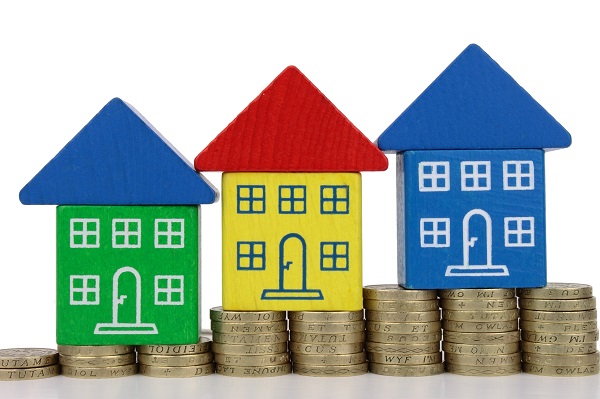Monthly house prices grew at their fastest pace for 12 months in February, new figures show. According to the latest Your Move house price index, the average price of a home in England and Wales went up 0.6% in February to £297,832 – double the rate in January. Despite this boost, annual house price inflation […]
 Monthly house prices grew at their fastest pace for 12 months in February, new figures show.
Monthly house prices grew at their fastest pace for 12 months in February, new figures show.
According to the latest Your Move house price index, the average price of a home in England and Wales went up 0.6% in February to £297,832 – double the rate in January.
Despite this boost, annual house price inflation continued to fall for the twelfth consecutive month, dropping to 2.4%, the lowest annual rate since 2013.
Oliver Blake, managing director of Your Move and Reeds Rains estate agents, said: “It’s an encouraging start to 2017. We’ve seen the strongest house price growth in a year, the emergence of the promised Northern Powerhouse and the first tentative signs of a recovery in our highest priced properties in London.
“The good news too is that the number of first time buyers grew last year and house building was up – although home ownership is now at its lowest level in over three decades.”
The East of England remains the top performing region in terms of prices, which went up 5.9% over the year.
Merseyside and Birmingham also experienced peak prices – up 5% and 6.2% respectively.
A return of growth in high value London property pushed average prices up 2.1% to £297,832.
The London commuter hotspots of Luton (growing 10.4% in the last year) and Essex (6%) both set new peak prices in the month.
With the exception of London, Southern regions are once again driving price inflation in England and Wales. The South East (up 0.6% monthly and 5.2% annually) and the South West (0.6% and 4.7%) are both closing the gap on the East.
It’s not a simple North South divide, however. The North West, where prices grew 4.1% annually, is an increasingly important part of the market.
Growth in property sales in Greater Manchester over the three years to the end of 2016 against the three before, (36%) is only marginally above the average for the region as a whole, but six times the sales growth in Greater London. Average prices, meanwhile, are up 7.2% annually.














